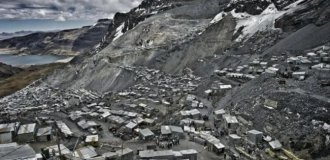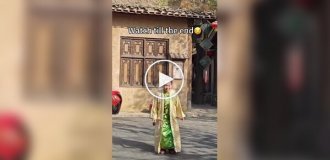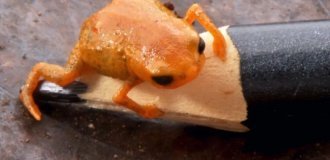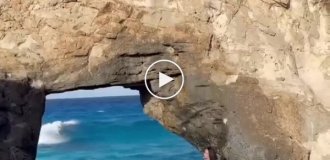A strange creature discovered in the depths of the Arctic ice (7 photos)
The Arctic is an icy desert that holds many mysteries. AND sometimes she reluctantly lifts the veil of one secret, giving rise to many questions. 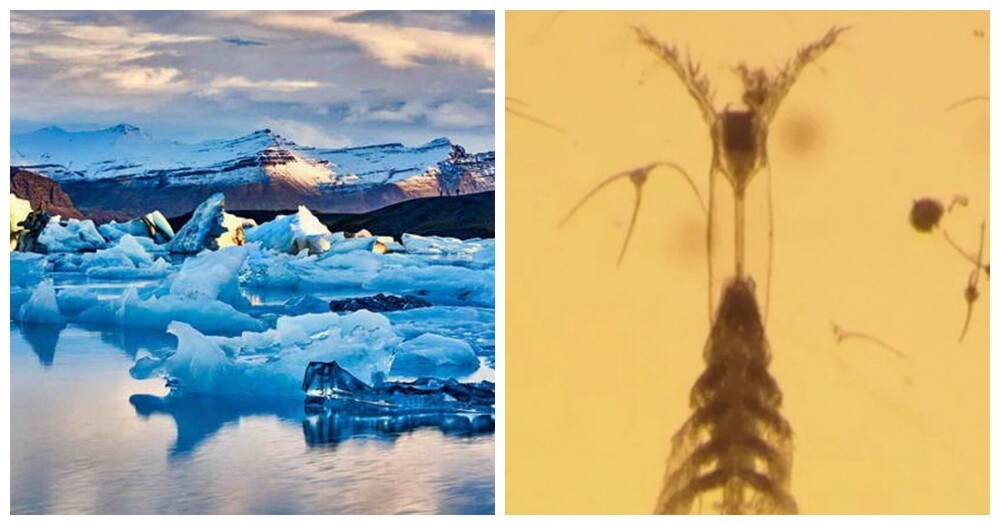
This finding, the researchers called the "little monster." What logical, because the creature does not look like any of the species known to science. But in the usual sense, a monster is something huge and frightening. This the creation is monstrous not because of its size, but because of its unusualness buildings. And the size of the "monster" is more than modest. Plankton remains discovered in the century before last by the American geologist James Dwight Dana. And, without further ado, he called the find Monstrilla. 
James Dwight Dana 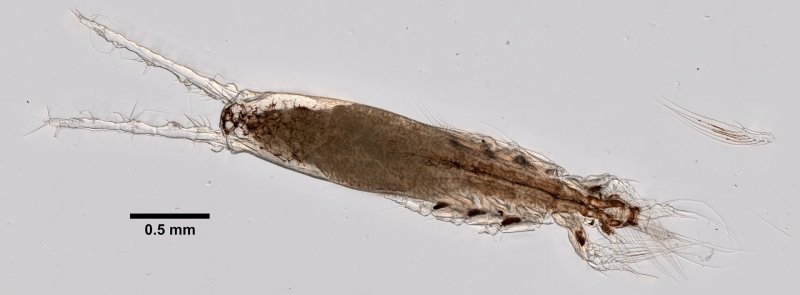
Monstrilla 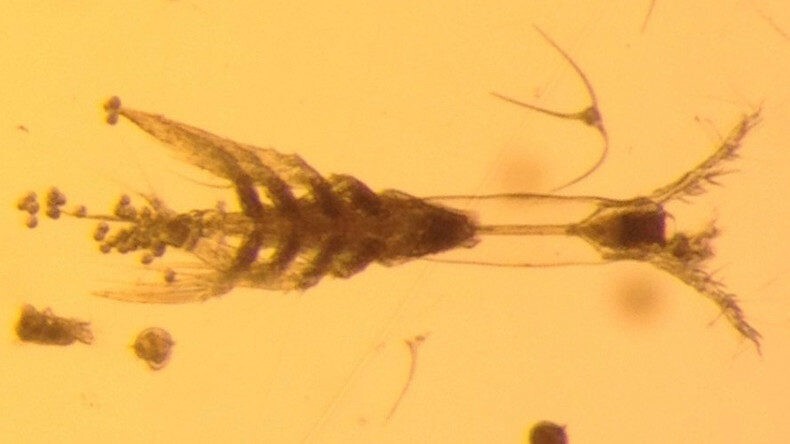
Monstrillopsis planifrons
Modern scientists have already returned to the study of the American. AND in 2014, the expedition stumbled upon a similar creature. It's great preserved due to low temperatures and is something similar to a shrimp, but only a few millimeters in size. At "monster" flat head, equipped with whisker antennae, four pairs of legs and only one eye. The micro cyclops has additional limbs resembling the paws of aquatic mammals and genitals unusual shape. The find is unique in that plankton was not lucky freeze into ice in late spring - early summer. That is, in the adult stage individuals, not larvae.
Despite its modest dimensions, an unknown monster occupies own niche and, together with their kind, participates in the formation of an ecosystem our planet. 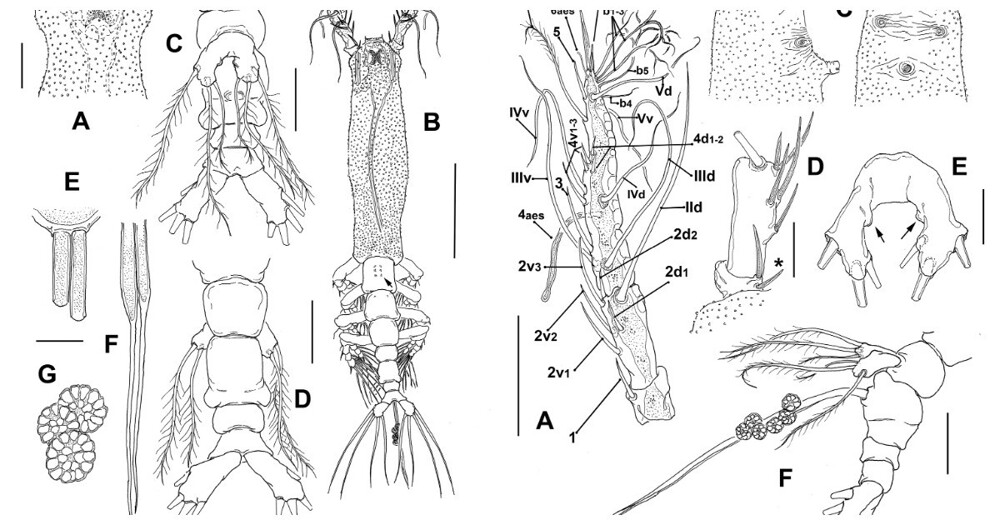
Monstrillopsis planifrons
Monstrillopsis planifrons - "monster with a flat head" has become another proof that the eternal ice hides a huge number of secrets. And the Arctic is a kind of giant freezer camera that allows you to keep research objects in perfect condition. 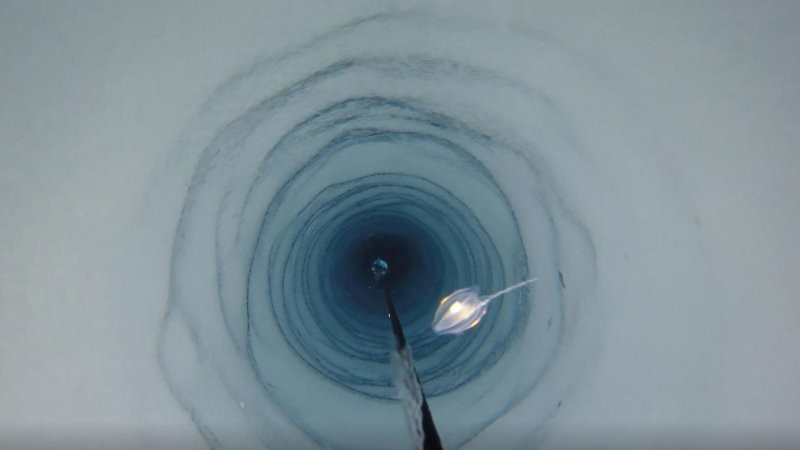
In addition to the tiny crustacean, the researchers found more several unusual sponge-like exhibits. They showed up on almost a kilometer deep from the surface of the Filchner Ice Shelf in Antarctica. 
Sponges
The lenses of lowered cameras recorded a cluster of such sponges on stone. Who they are is unclear. But, like the "little monster", they are of interest to science and the opportunity to get one step closer to unraveling another mystery of the icy desert.
